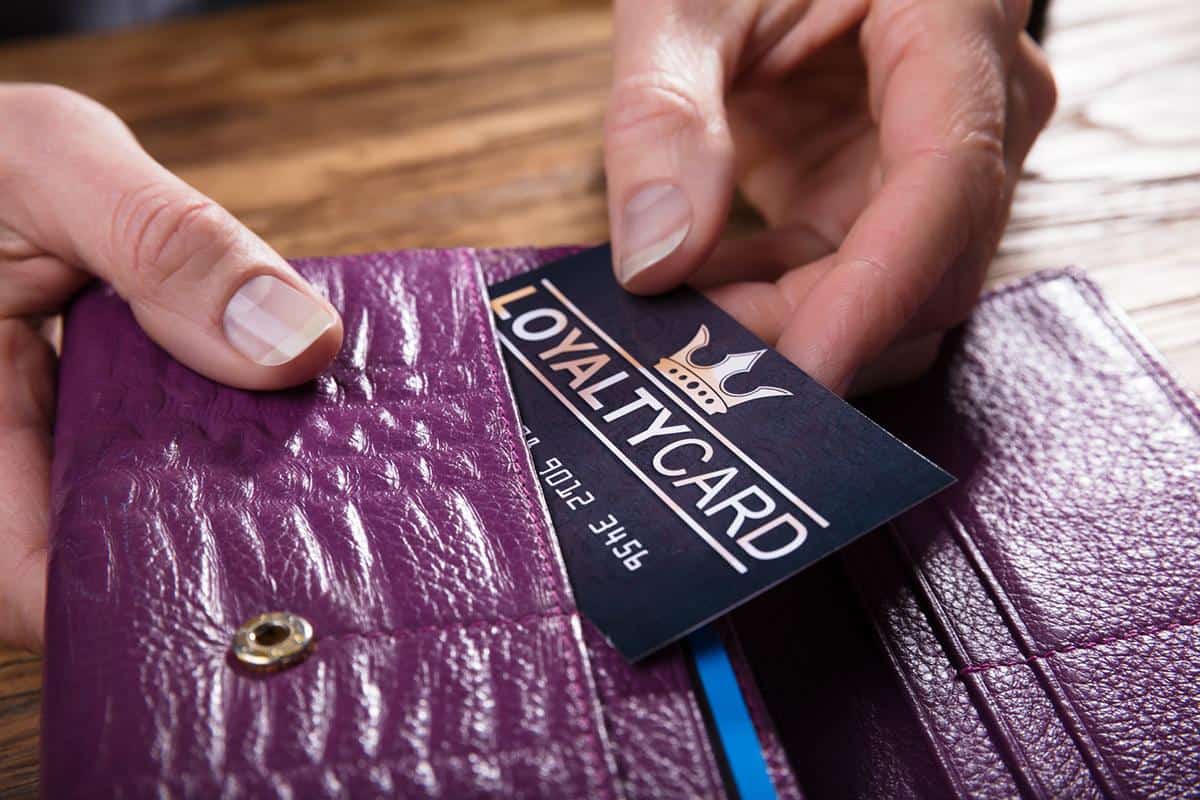Think again, says Klas Back, General Manager of International and Payment Strategy at Braintree.
Odd as it may seem, retail still represents one of the most fruitful ventures in the startup community. Would-be business owners simply cannot get away from the allure of vast consumer markets and endless niche opportunities. Entrepreneurs are not ones to shy away from the opportunity and challenge these trends represent, so the beat of commerce disruption goes on.
Much of the innovation today revolves around bridging the gap between traditional commerce and new mobile experiences, and those truly adventurous souls are taking the concept to new lengths. E-commerce presents this instant opportunity to extend not only across cities and states, but also across borders and oceans. And with the right plan in place, it can be done nearly out of the gates.
Thinking globally expands a startup’s commerce center by orders of magnitude; and those who aren’t considering this fact are candidly selling themselves short.
The stats do not lie
Global ecommerce sales are expected to reach $1.4 trillion by 2016, an increase of 14 percent since 2012, according to Deloitte Digital. Combine this huge potential with projections that many emerging markets will grow even faster than the US, getting into the game today means hitting the ground with an understanding of how to scale quickly on a global level.
In theory, it should be simple. Consumers are consumers the world over, right? Everyone likes to buy things. In practice, however, the act of launching e-commerce in foreign countries does raise many questions, and there are a number of subtle factors to consider that can be the difference between success and failure.
For simplicity’s sake, let us examine the following three matters that any entrepreneur absolutely must get right to have a chance at success on a global scale.
Where should I expand, and in what order?
Ultimately, the decision to expand internationally boils down to two primary factors: Does my product category mesh with the tastes and desires of a given population (or can it be adjusted to do so); and, how well is a given country positioned to grab hold of mobile shopping.
Point one really becomes a function of ground-floor planning as you craft your business plan. If you know you want to be a global operator, take the time to learn about product trends in various markets around the world. Gather as much data as you can about who’s buying what, and where. There are many resources to consult, from the likes of Deloitte, PwC and EuroMonitor.
On point two, mobile shopping represents the fastest way to get in front of the largest possible cross-section of global customers. PayPal recently conducted a 22-country survey of nearly 18,000 consumers to determine mobile shopping trends internationally. Interestingly, China, UAE and Turkey emerged as the top performers; in each of those nations, more than 50 percent of online shoppers said they’ve bought online via a Smartphone in the past 12 months.
When setting strategy, blend these two mechanisms and you should be able to gain a good feel, rooted in data, for where to prioritize global activity.
“Frictionless” and “familiarity” go hand-in-hand in cross-border trade
By now, it is a known quantity that eliminating a customer’s need to enter payment information at online checkout creates the ultimate frictionless purchase environment. Time and again, this strategy has proven to boost the consumer experience, improve loyalty metrics and, most importantly, increase sales and average order volumes.
Beyond meeting these table stakes, you ought to address a number of additional friction-creating components unique to the international environment:
- Currency Consistency. Even though it is very easy these days to accept and convert among virtually any global currency, there’s a rub. It is all about the presentation. A customer can get confused, off-put even, if he or she sees prices listed in an unfamiliar currency during the purchase process. There is no better way to encourage cart abandonment than to have the total come up in foreign currency at checkout. Be sure to set your site to operate in the relevant local currency as this will also help the buyer to determine if the purchase can be considered a good deal.
- Tax Compatibility. Beyond reality-checking various standing regulations for international trade whether tariffs, duties, taxes, banned products and shipping rules, knowing the native tax code and legal points represents a final area where familiarity can make or break your retail business. It’s almost like speaking the language; if you fail to work within known parameters and disclosure requirements, it can lead to suspicion and decrease buyer comfort.
- Mobile is King. In most countries the incidence of Smartphone shopping via an app is higher than doing so via a browser. As a final step to reduce friction, you need to be thinking in terms of an app strategy in addition to ensuring mobile browser functionality.
Do I need to adjust my strategy to meet different cultural norms?
Culturally speaking, there are a few tenets to live by.
- “Know what not to sell.”
- “Know your cultural holidays.”
- “Do business as business is done.”
Every culture has its own set of taboos and customs. For example, in Israel, it is customary to bring a gift such as a decorative platter, vase or gift basket when invited to someone’s house for a holiday meal, especially for Passover in April and Rosh Hashanah in September. Knowing you can successfully promote these kind of items online in lead up to those occasions would be a sound business decision in Israel.
But there are several other, counterintuitive, international holidays that present even more intriguing opportunities for ecommerce merchants. Ramadan is one such occasion. Generally seen as a time of austerity and withholding, each evening in fact is marked by a coming together of friends and family for revelry. While brick-and-mortar business does slow considerably during the day, activity and spending on food and consumer goods see a marked increase, especially in the evening hours when the fast is broken and people find renewed energy.
The takeaway: Know how to do business as business gets done
In the modern economy, going global is not as difficult as it may seem. There are a number of perceived complexities to cross-border commerce, but when you really dig into it, that’s what they really are: perceptions. If you launch your business with the right foresight, strategic priorities, technology partners and tools in hand, going global is not measurably more complex than sticking to domestic markets; the upside of exposing your business to exponentially more lucrative markets far outweighs the risk.








